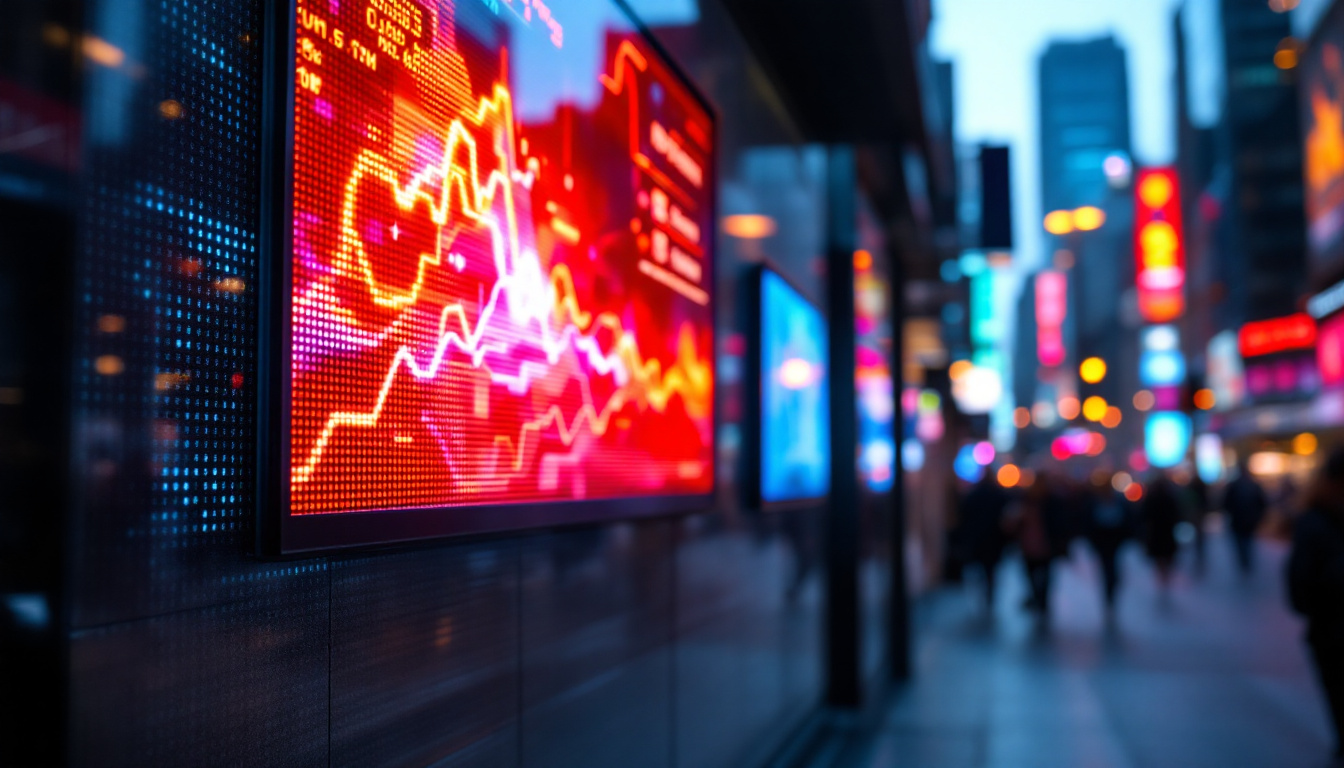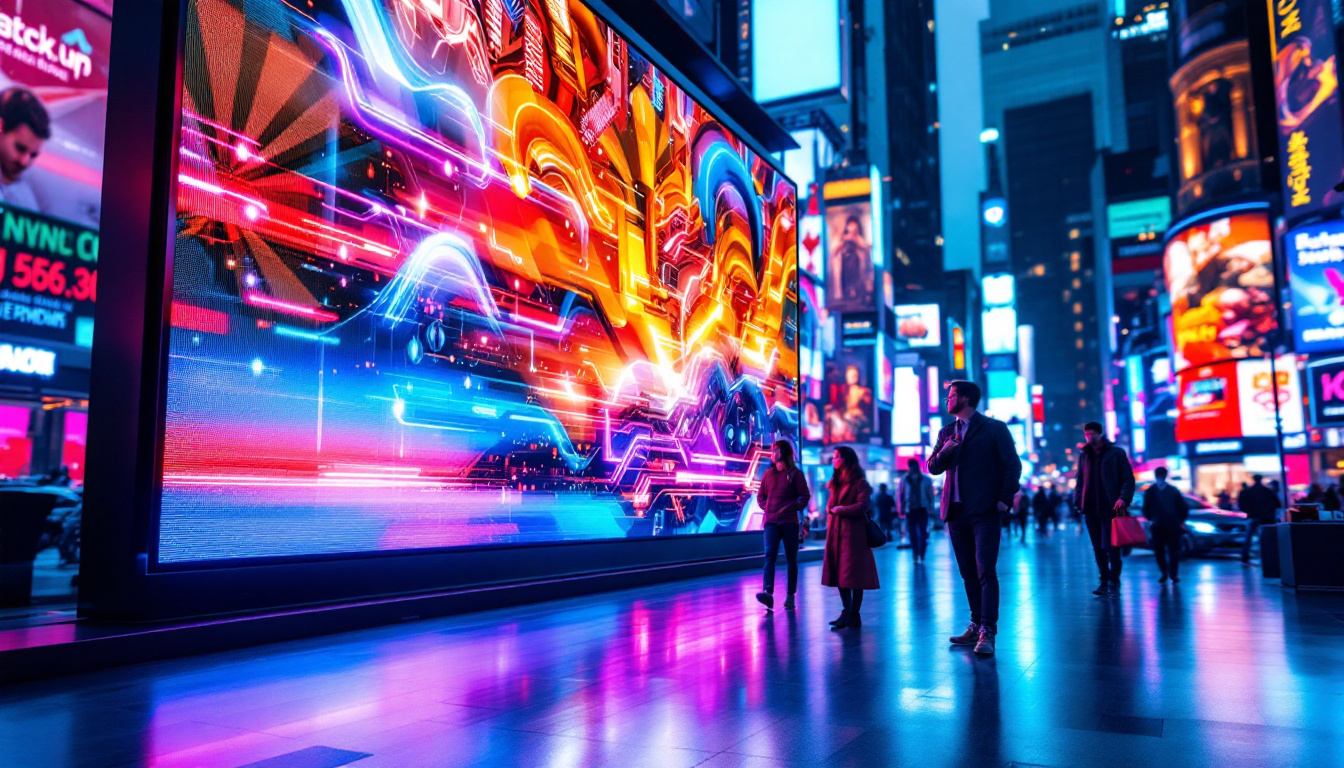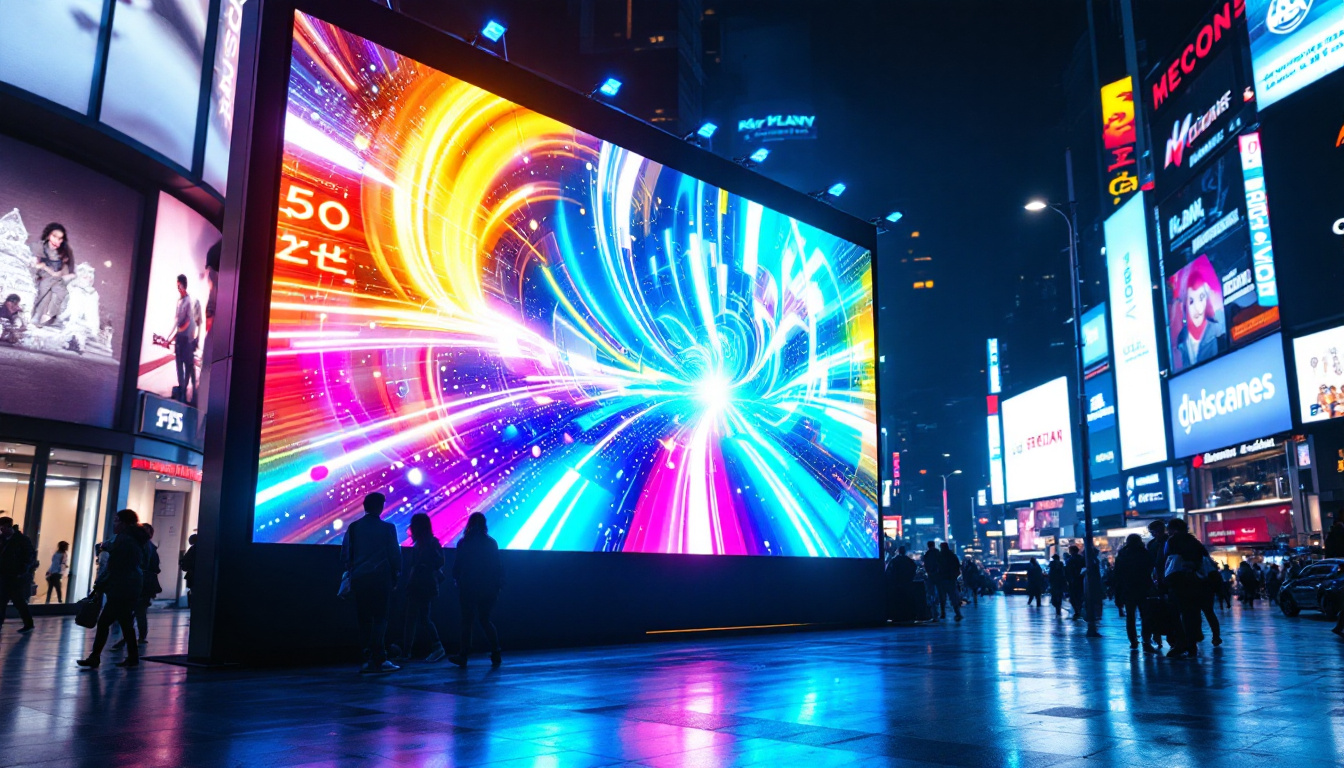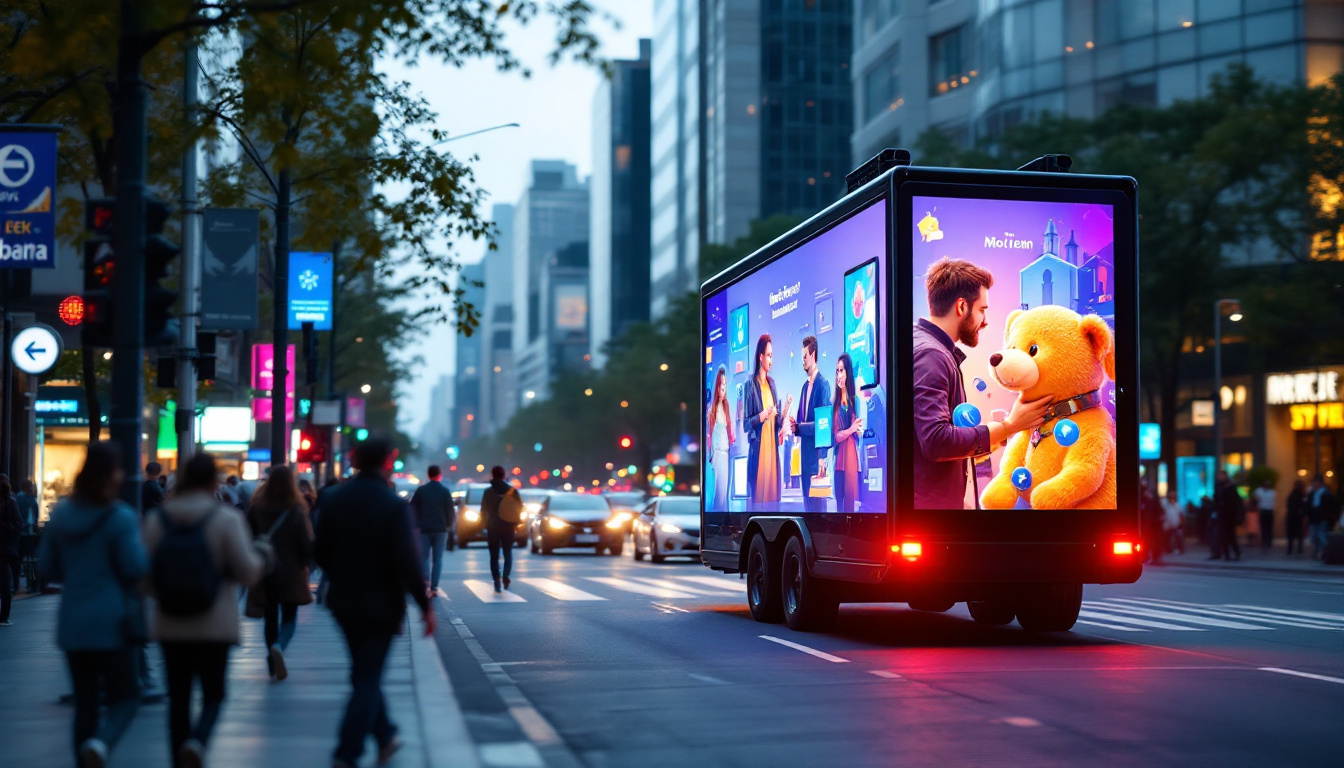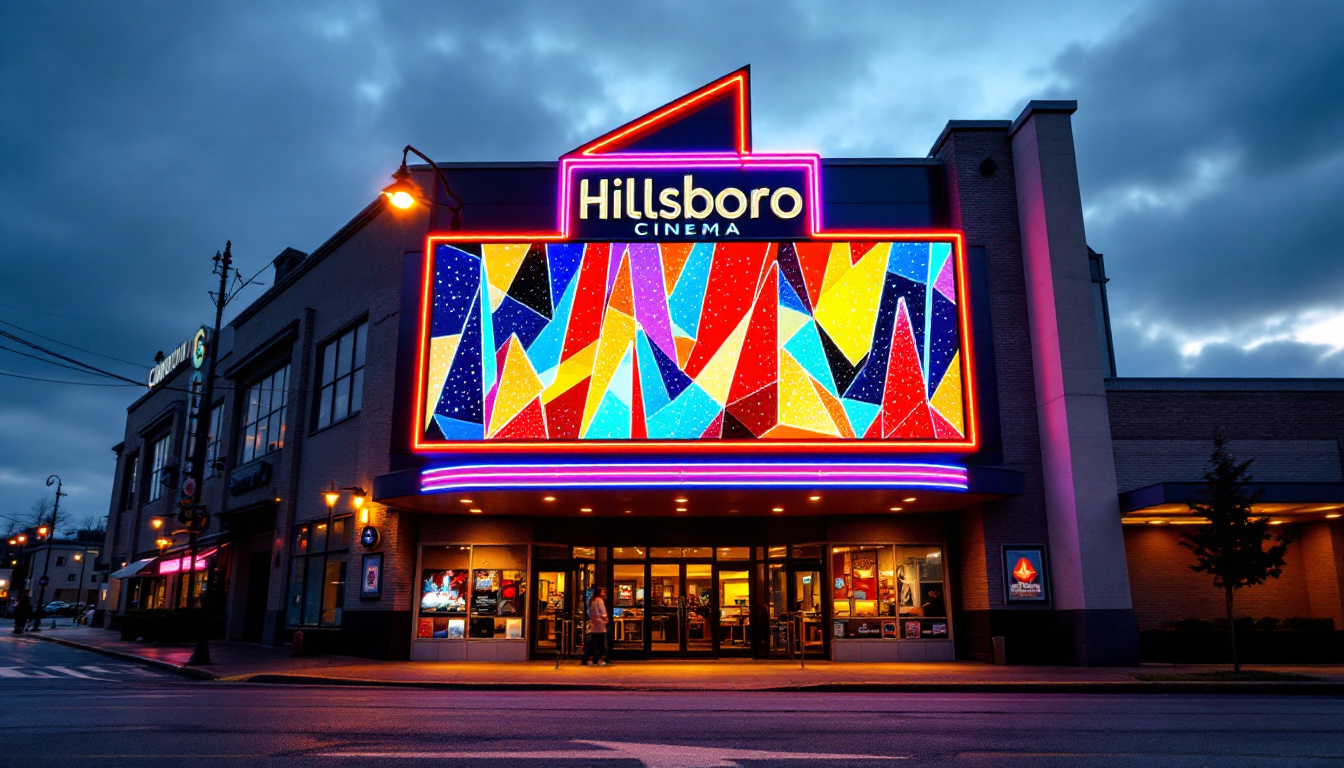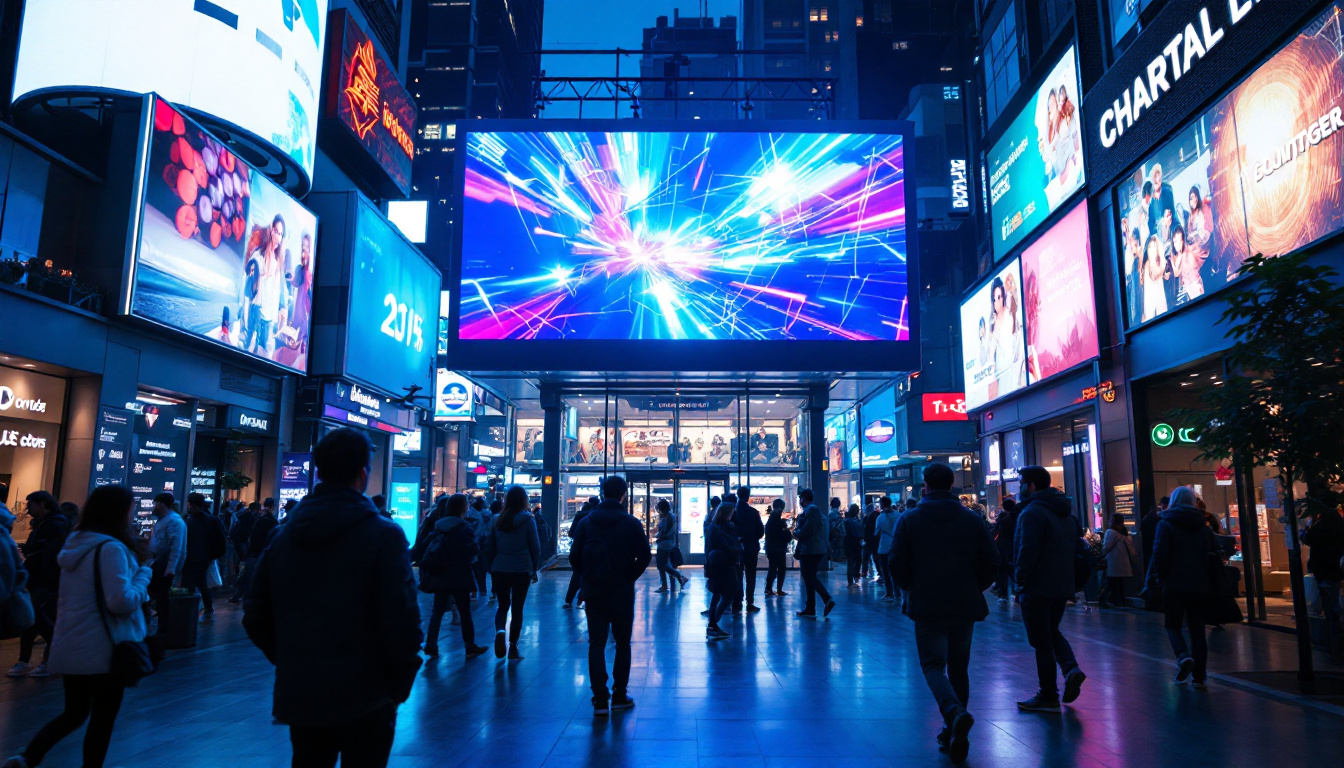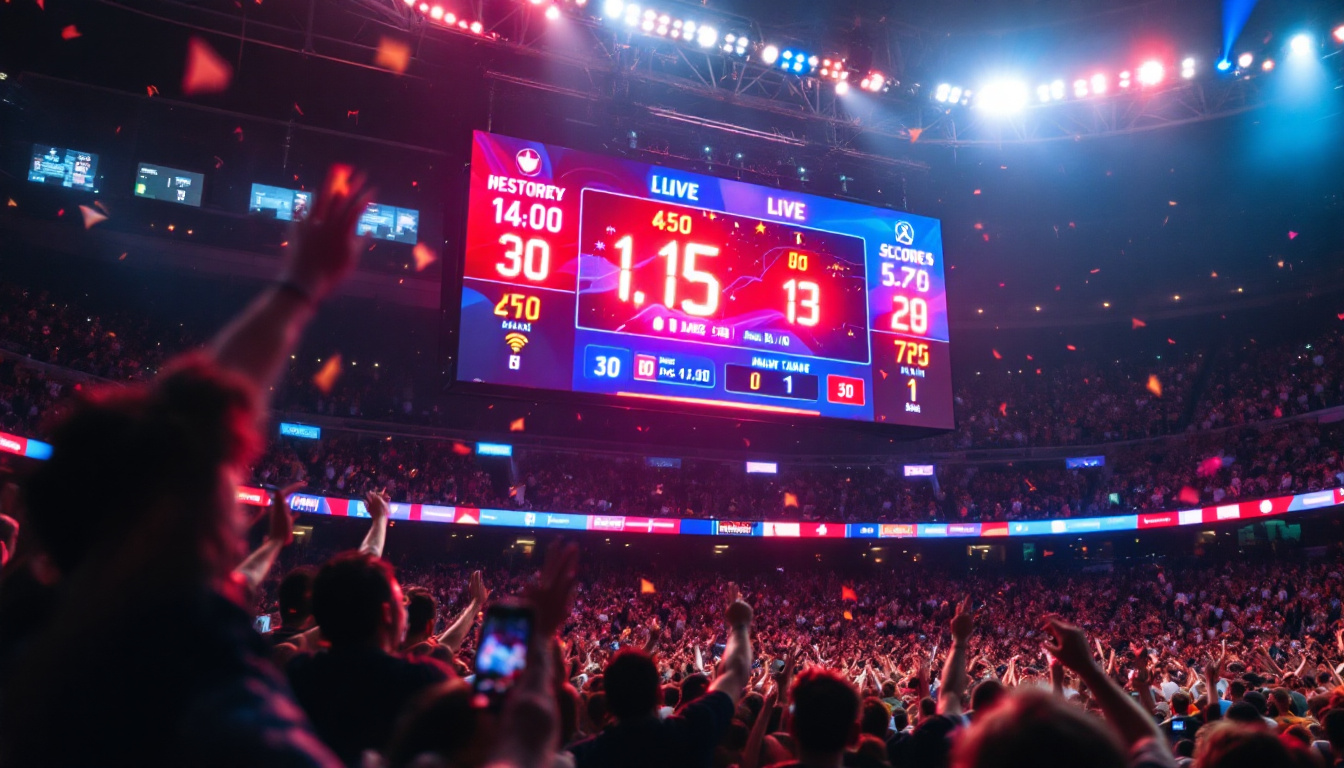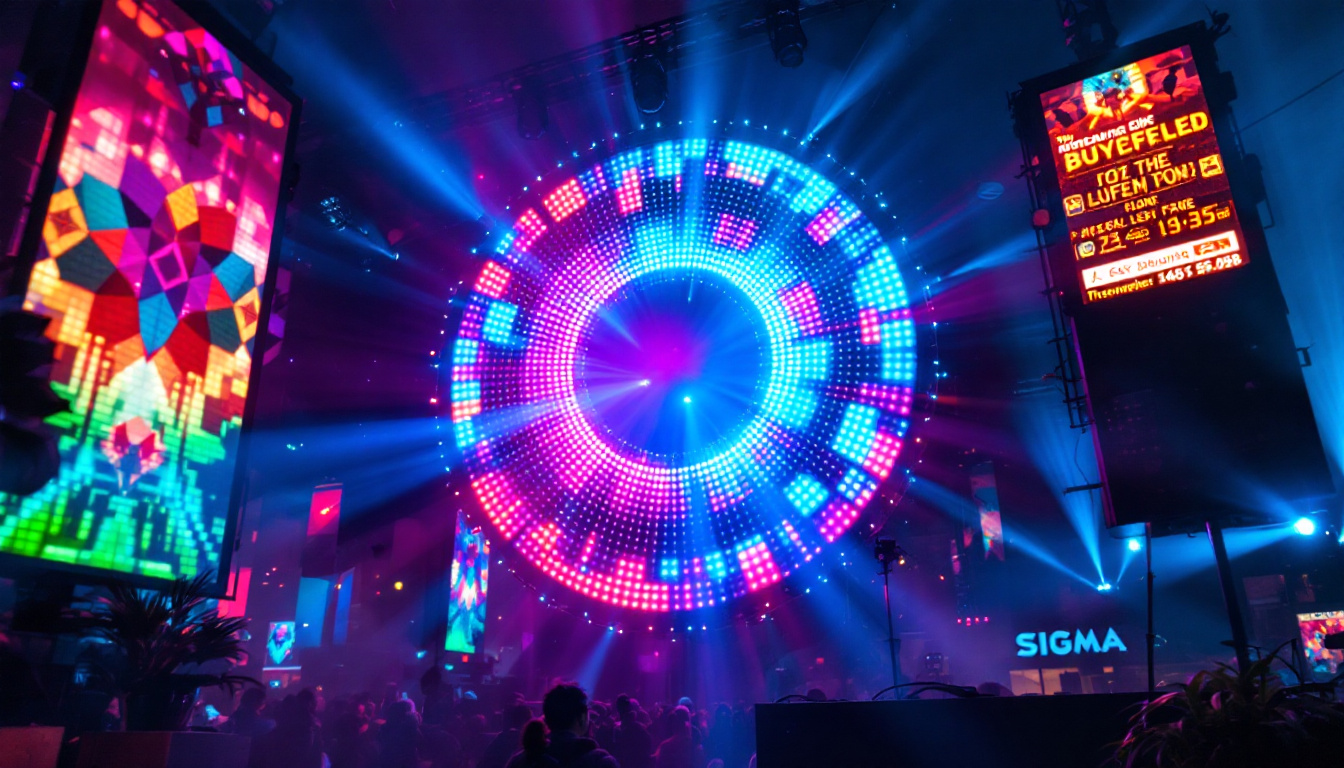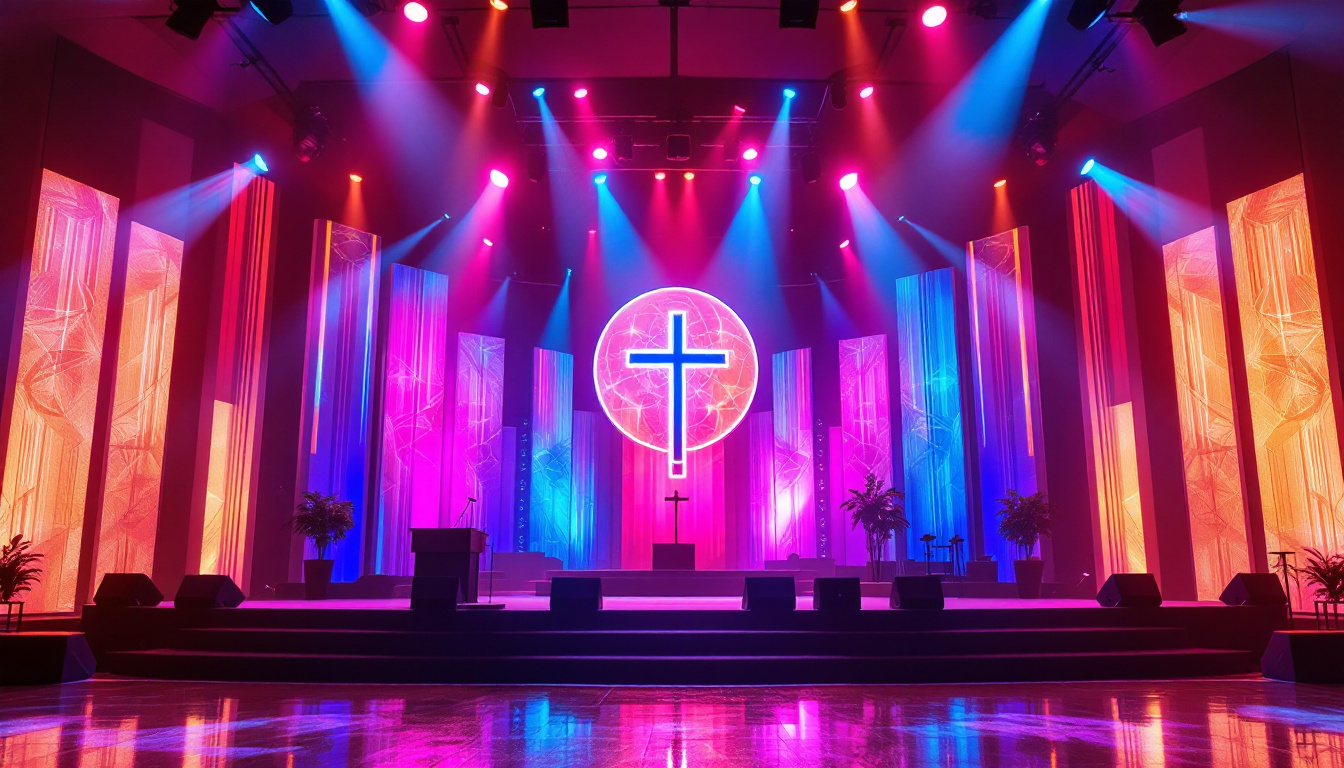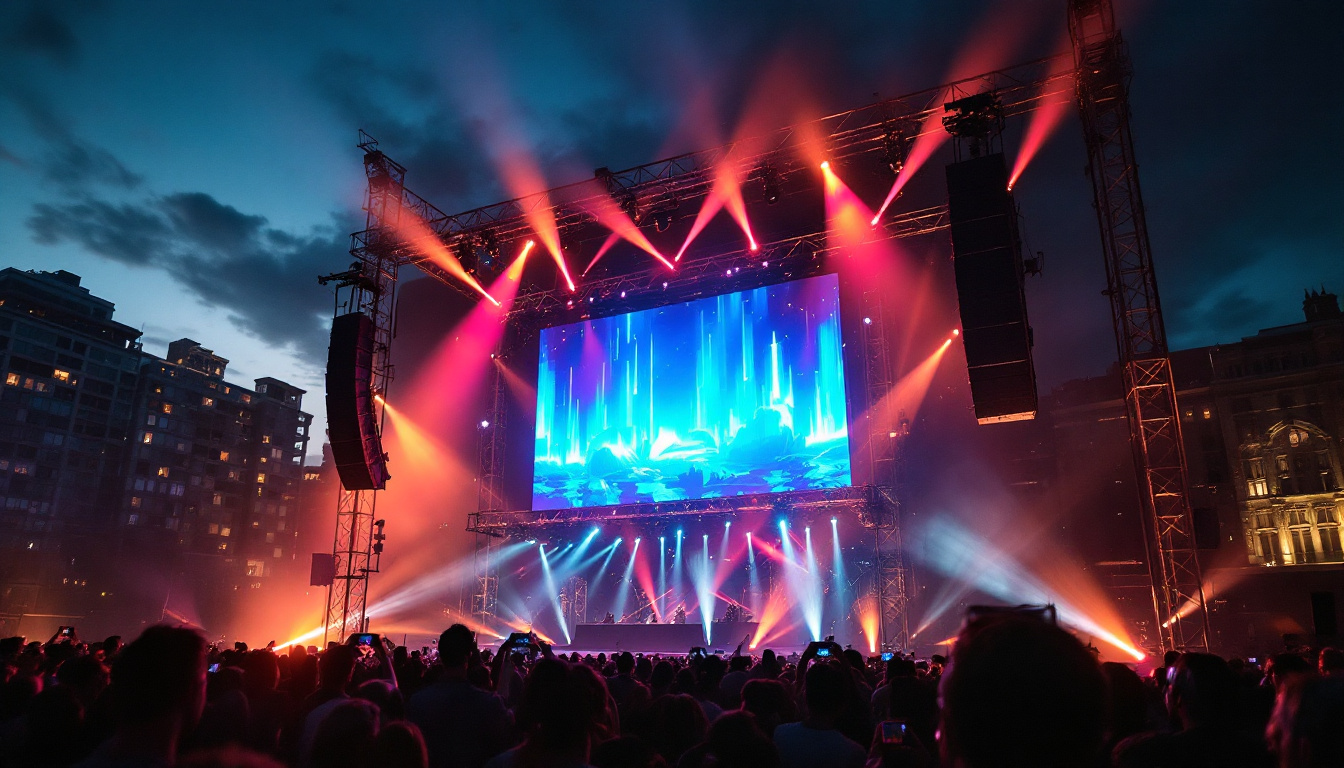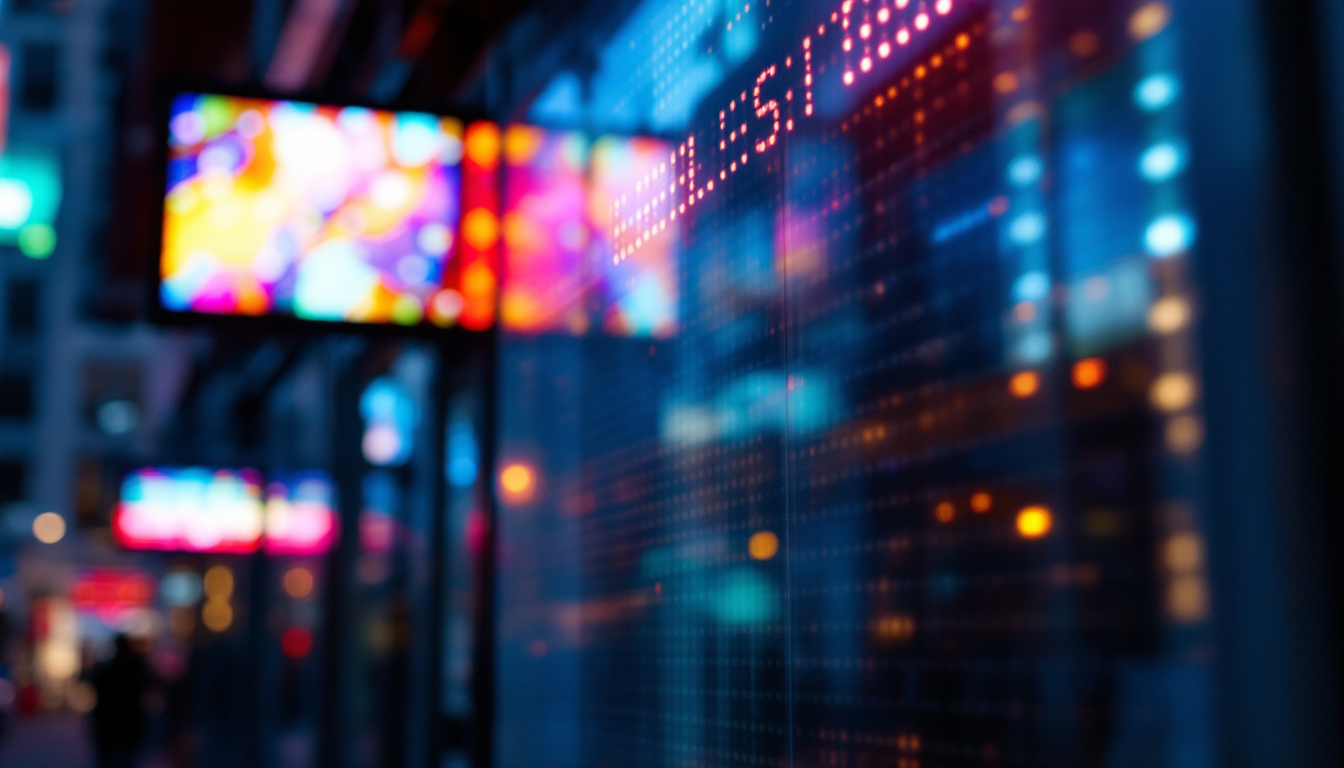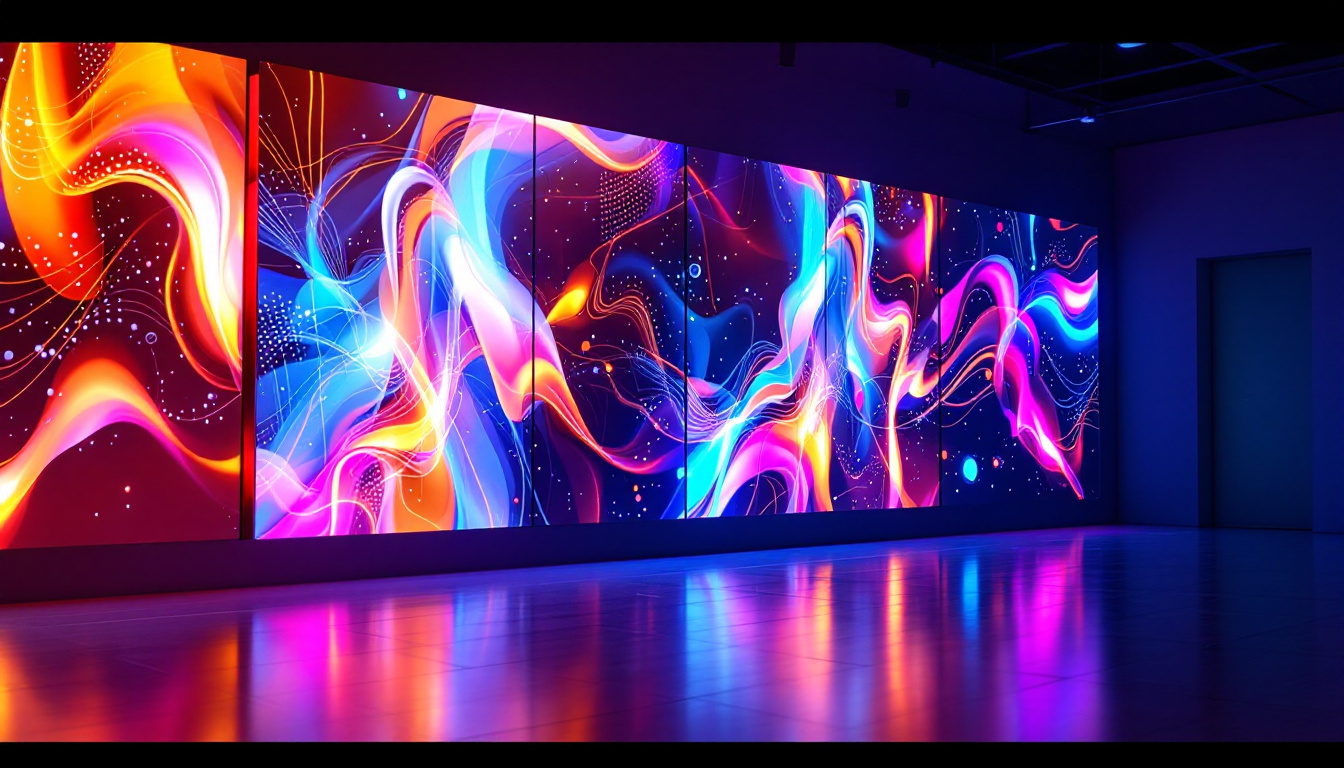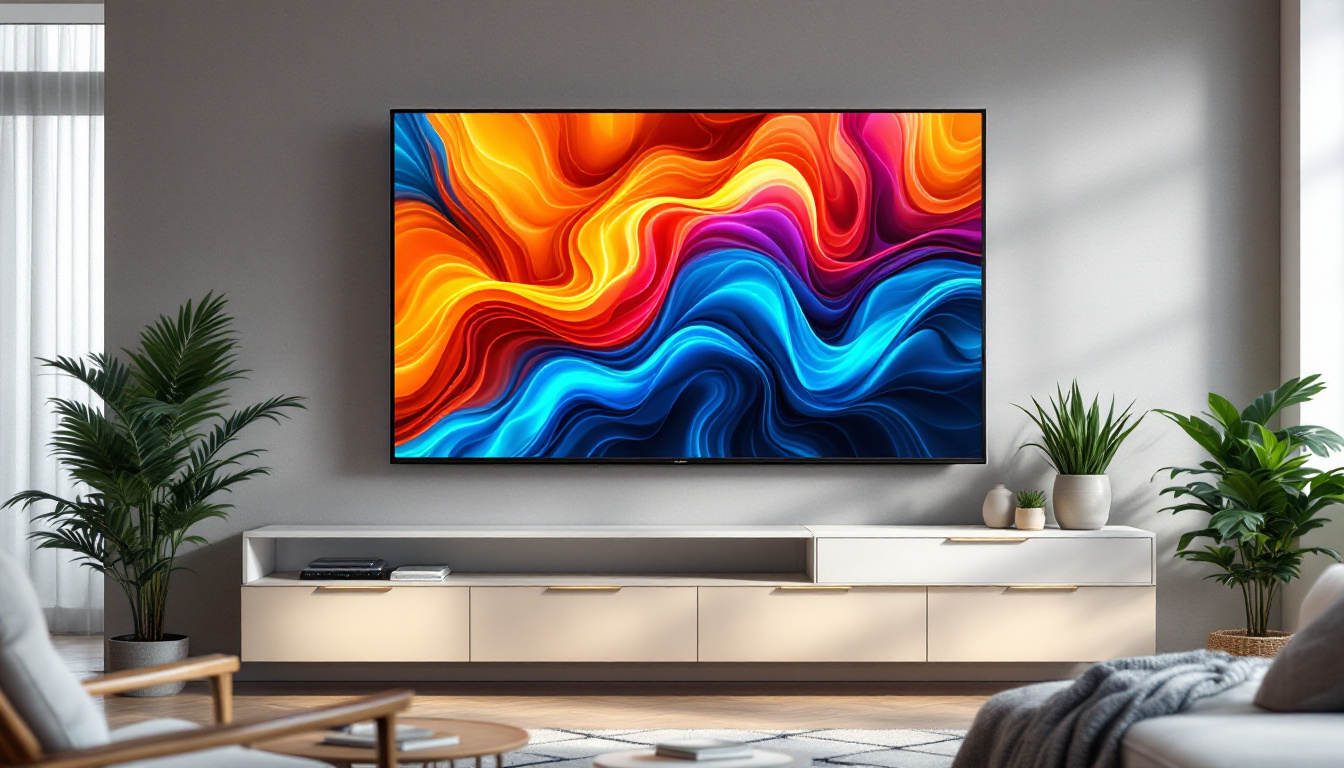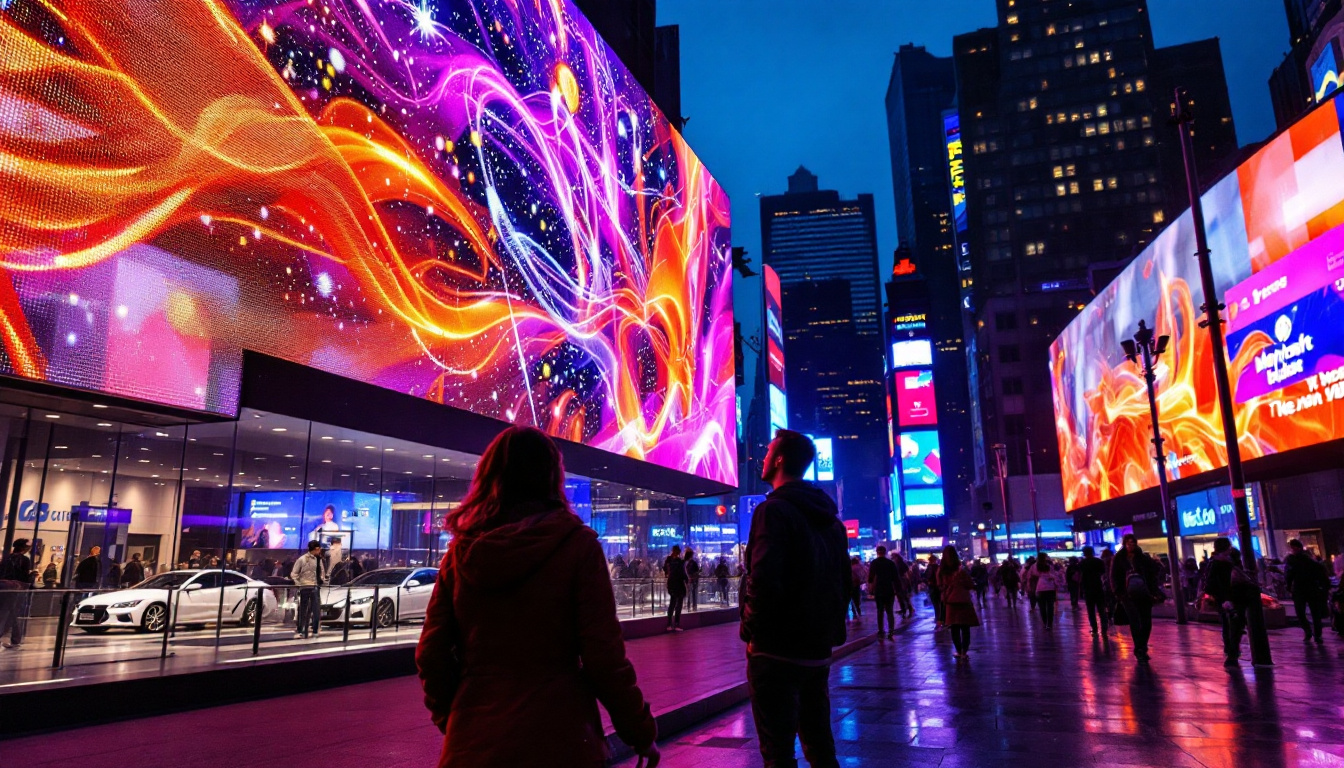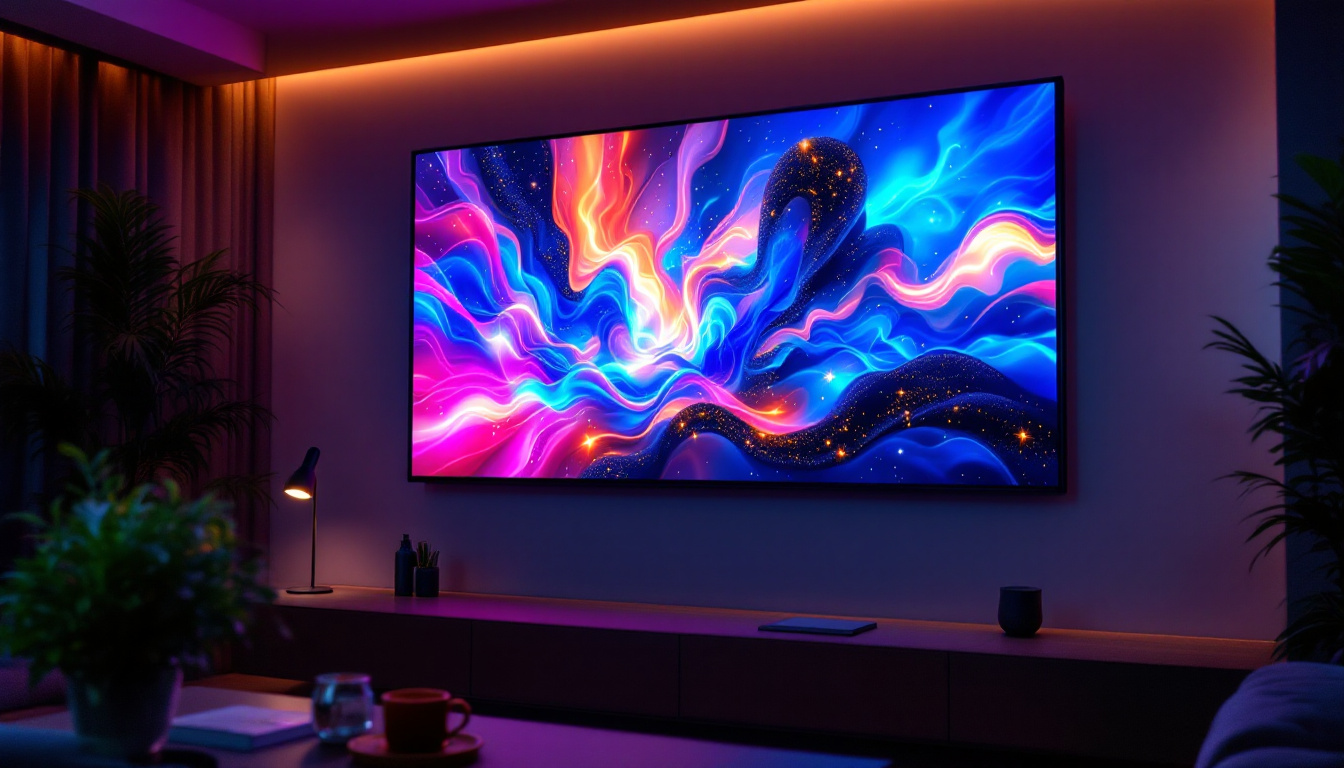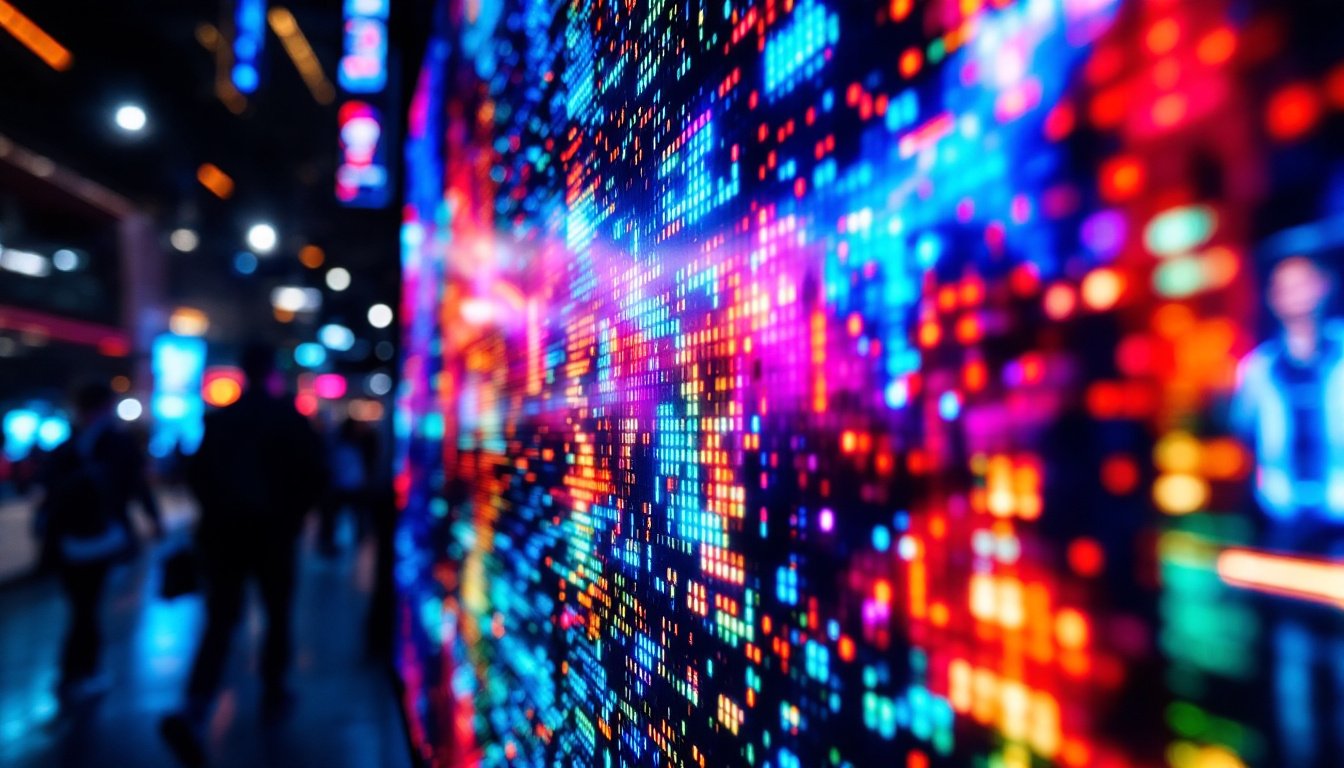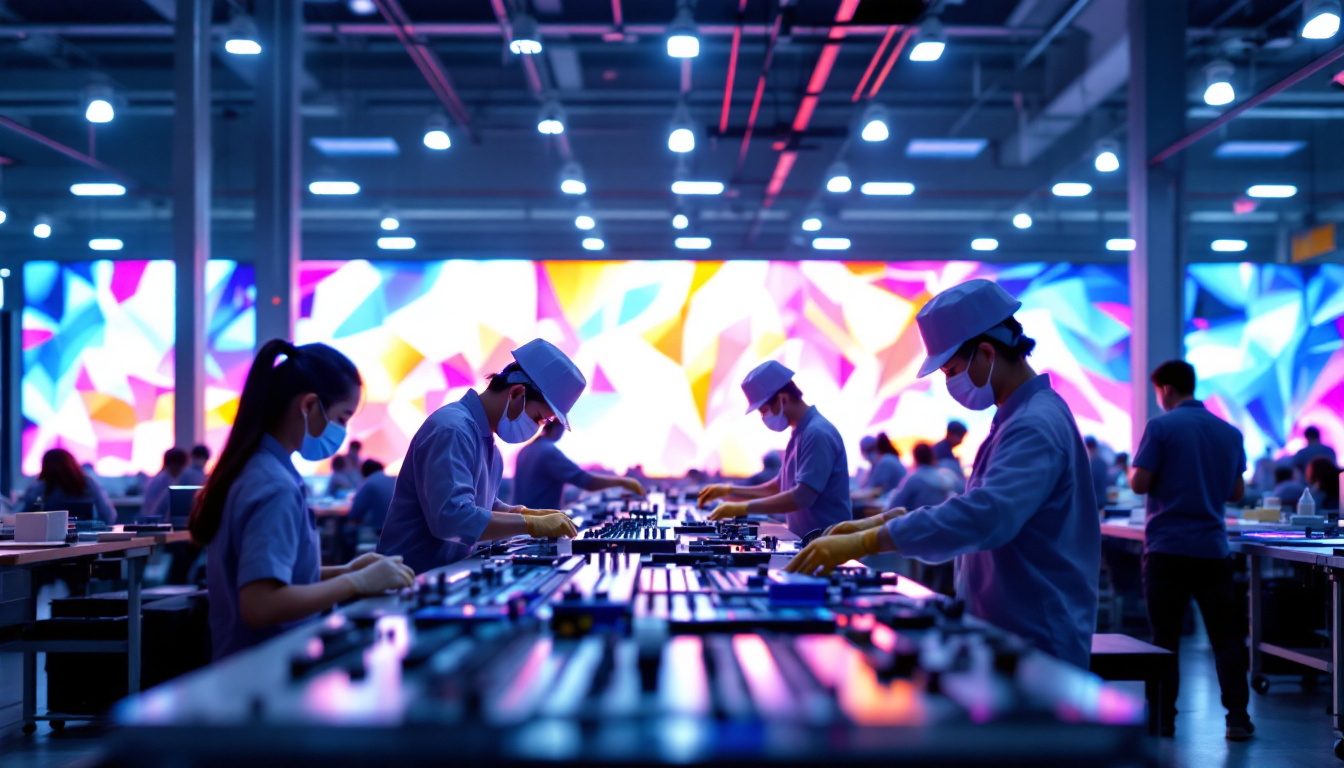In today’s digital age, LED displays have become ubiquitous, transforming the way information is presented and consumed. From advertising billboards to indoor screens, LED technology has revolutionized visual communication. This article delves into the intricacies of LED digital panels, exploring their functionality, advantages, and applications.
Understanding LED Technology
LED, or Light Emitting Diode, is a semiconductor device that emits light when an electric current passes through it. This technology has advanced significantly over the years, leading to the development of vibrant and efficient displays that are now integral to various sectors. From consumer electronics to large-scale advertising, LEDs have transformed how we perceive and interact with visual information.
How LEDs Work
The fundamental principle behind LED technology lies in electroluminescence. When voltage is applied to the diode, electrons recombine with holes within the device, releasing energy in the form of photons. This process creates visible light, which can be manipulated to produce different colors by altering the composition of the semiconductor materials used. The efficiency of LEDs is remarkable, as they convert a higher percentage of electrical energy into light compared to traditional incandescent bulbs, making them a more sustainable choice.
LEDs can be arranged in various configurations to create displays of different sizes and resolutions. Each pixel in an LED display is made up of red, green, and blue (RGB) sub-pixels, which can be combined in various intensities to produce a wide spectrum of colors. This capability allows for the creation of stunning visuals that are both bright and dynamic. Furthermore, the compact size of LEDs enables manufacturers to create thinner and lighter displays, which are increasingly popular in modern electronics like smartphones, televisions, and digital signage.
Types of LED Displays
LED displays come in several types, each suited for specific applications. The most common types include:
- Indoor LED Displays: These are typically used in venues such as shopping malls, conference rooms, and theaters. They are designed for close viewing and offer high resolution for detailed images. Indoor displays often utilize advanced technologies like pixel pitch optimization, which enhances image clarity and sharpness, making them ideal for presentations and entertainment.
- Outdoor LED Displays: Built to withstand harsh weather conditions, outdoor displays are often used for advertising and public information. They are brighter and have lower resolution compared to indoor displays to ensure visibility in sunlight. These displays are equipped with protective casings and advanced cooling systems to maintain performance in varying temperatures and humidity levels.
- Transparent LED Displays: These innovative displays allow light to pass through, making them ideal for window installations. They are often used in retail environments to create eye-catching advertisements without obstructing views. The transparency of these displays not only enhances aesthetic appeal but also allows for creative marketing strategies, as they can showcase products while simultaneously displaying promotional content.
Additionally, there are specialized LED displays such as flexible LED screens, which can be bent and shaped to fit unconventional spaces, and high dynamic range (HDR) LED displays, which provide enhanced contrast and color accuracy. As technology continues to evolve, the applications of LED displays are expanding, paving the way for immersive experiences in virtual reality and augmented reality environments, where visual fidelity is paramount.
Advantages of LED Digital Panels
LED digital panels offer numerous benefits that make them a preferred choice for various applications. Their advantages extend beyond mere aesthetics, impacting functionality, efficiency, and user experience.
Energy Efficiency
One of the most significant advantages of LED technology is its energy efficiency. Compared to traditional display technologies such as LCD and plasma, LED displays consume significantly less power. This efficiency not only reduces operational costs but also contributes to environmental sustainability.
In addition, LEDs have a longer lifespan, often exceeding 50,000 hours of use. This durability translates to lower maintenance costs and less frequent replacements, further enhancing their cost-effectiveness. The reduced energy consumption also means that businesses can allocate resources more effectively, investing savings into other areas such as marketing or product development, which can drive further growth and innovation.
High Brightness and Contrast
LED displays are known for their exceptional brightness levels, making them suitable for both indoor and outdoor environments. The high brightness ensures that content remains visible even in direct sunlight, which is crucial for outdoor advertising.
Moreover, LED technology provides superior contrast ratios, allowing for deeper blacks and more vibrant colors. This quality enhances the overall viewing experience, making LED displays ideal for applications requiring high visual impact. The ability to display dynamic content with clarity means that businesses can engage their audience more effectively, whether through eye-catching advertisements or informative presentations. Additionally, the versatility of LED panels allows for creative installations, such as video walls or interactive displays, further enhancing viewer engagement and interaction.
Versatility and Customization
Another compelling advantage of LED digital panels is their versatility. These displays can be customized to fit various shapes and sizes, making them suitable for a wide range of applications, from retail environments to large-scale events. This adaptability allows businesses to create unique visual experiences tailored to their specific needs.
Furthermore, LED panels can be easily integrated with other technologies, such as sensors and software, to create interactive experiences. For instance, touch-sensitive LED displays can engage customers in retail spaces, allowing them to browse products or access information at their fingertips. This level of interactivity not only enhances user experience but also encourages longer engagement times, which can lead to increased sales and customer satisfaction.
Applications of LED Digital Panels
The versatility of LED digital panels allows them to be utilized in a wide range of applications across different industries. Their ability to convey information effectively makes them invaluable in various settings.
Advertising and Marketing
In the realm of advertising, LED displays have become a staple for brands looking to capture consumer attention. From large-scale billboards to smaller digital signage in retail stores, these displays can showcase dynamic content that engages viewers.
Digital panels can be programmed to display advertisements at specific times, allowing for targeted marketing strategies. The ability to change content quickly and easily ensures that businesses can respond to trends and promotions in real-time, maximizing their advertising potential.
Events and Entertainment
LED displays play a crucial role in the events and entertainment industry. Concerts, sporting events, and festivals often utilize large LED screens to enhance the audience experience. These displays can broadcast live feeds, provide information, and create immersive visual effects that captivate attendees.
Furthermore, the flexibility of LED technology allows for creative designs, such as curved or modular displays, which can be tailored to fit specific event layouts. This adaptability ensures that the visual elements of an event are both functional and aesthetically pleasing.
Transportation and Public Information
In public transportation systems, LED displays are instrumental in providing real-time information to passengers. Bus stops, train stations, and airports utilize digital panels to display arrival and departure times, delays, and other essential updates.
These displays enhance communication and improve the overall travel experience. Additionally, they can be programmed to provide multilingual information, catering to diverse audiences and ensuring accessibility for all travelers.
Challenges and Considerations
While LED digital panels offer numerous advantages, there are also challenges and considerations that stakeholders must address. Understanding these factors is essential for effective implementation and utilization.
Initial Costs
The initial investment for LED digital panels can be significant, especially for high-quality displays with advanced features. Businesses must weigh the upfront costs against the long-term benefits, such as energy savings and reduced maintenance expenses.
However, as technology advances and production processes improve, the costs associated with LED displays are gradually decreasing. This trend is making LED technology more accessible to a broader range of businesses and organizations.
Installation and Maintenance
Proper installation is crucial for the optimal performance of LED displays. This process often requires specialized knowledge and skills to ensure that the panels are set up correctly and integrated with existing systems.
Maintenance is another consideration, as regular checks and updates are necessary to keep the displays functioning at their best. While LEDs are generally reliable, issues such as pixel failure can occur, necessitating timely repairs to avoid disruptions in service.
The Future of LED Displays
The future of LED displays looks promising, with ongoing advancements in technology and design. As the demand for high-quality visual communication continues to grow, innovations in LED technology are expected to enhance performance and expand applications.
Emerging Technologies
Future developments in LED technology may include improvements in resolution, flexibility, and energy efficiency. For instance, microLED technology, which utilizes tiny individual LEDs, promises to deliver even higher resolutions and better color accuracy.
Additionally, advancements in smart technology integration may lead to more interactive and responsive displays. This evolution could enhance user engagement, allowing for personalized content delivery based on audience preferences and behaviors.
Sustainability Initiatives
As environmental concerns continue to rise, the LED industry is likely to focus on sustainability initiatives. This may involve the use of eco-friendly materials in manufacturing, as well as the development of recycling programs for old displays.
By prioritizing sustainability, the LED industry can contribute to a greener future while meeting the growing demand for energy-efficient solutions.
Conclusion
LED digital panels have transformed the landscape of visual communication, offering unparalleled brightness, energy efficiency, and versatility. Their applications span various industries, from advertising to public transportation, making them an essential tool for modern communication.
As technology continues to evolve, the potential for LED displays is limitless. With emerging innovations and a focus on sustainability, the future of LED technology promises to be bright, paving the way for even more dynamic and engaging visual experiences.
In a world where information is constantly vying for attention, LED digital panels stand out as a powerful medium for conveying messages effectively and creatively. Their impact on society is profound, and as they continue to evolve, they will undoubtedly shape the way we interact with information in the years to come.
Discover LumenMatrix’s Innovative LED Solutions
Ready to elevate your visual communication with the latest in LED technology? Explore LumenMatrix’s comprehensive range of LED display modules, designed to bring your brand to life and captivate your audience. Whether you’re looking for an Indoor LED Wall Display, a vibrant Outdoor LED Wall Display, or specialized solutions like Vehicle LED Displays and LED Sports Displays, LumenMatrix has the cutting-edge technology to meet your needs. Embrace the future of digital signage with LumenMatrix and create unforgettable visual experiences. Check out LumenMatrix LED Display Solutions today and see the difference innovation can make.

